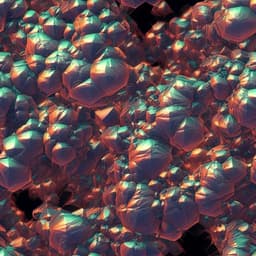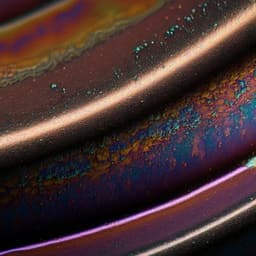
Chemistry
Biomacromolecules enabled dendrite-free lithium metal battery and its origin revealed by cryo-electron microscopy
Z. Ju, J. Nai, et al.
Discover how a biomacromolecule matrix inspired by nature can control lithium growth and enhance the performance of lithium metal batteries, making strides toward advanced energy storage solutions. This innovative research was conducted by Zhijin Ju, Jianwei Nai, Yao Wang, Tiefeng Liu, Jianhui Zheng, Huadong Yuan, Ouwei Sheng, Chengbin Jin, Wenkui Zhang, Zhong Jin, He Tian, Yujing Liu, and Xinyong Tao.
~3 min • Beginner • English
Related Publications
Explore these studies to deepen your understanding of the subject.







